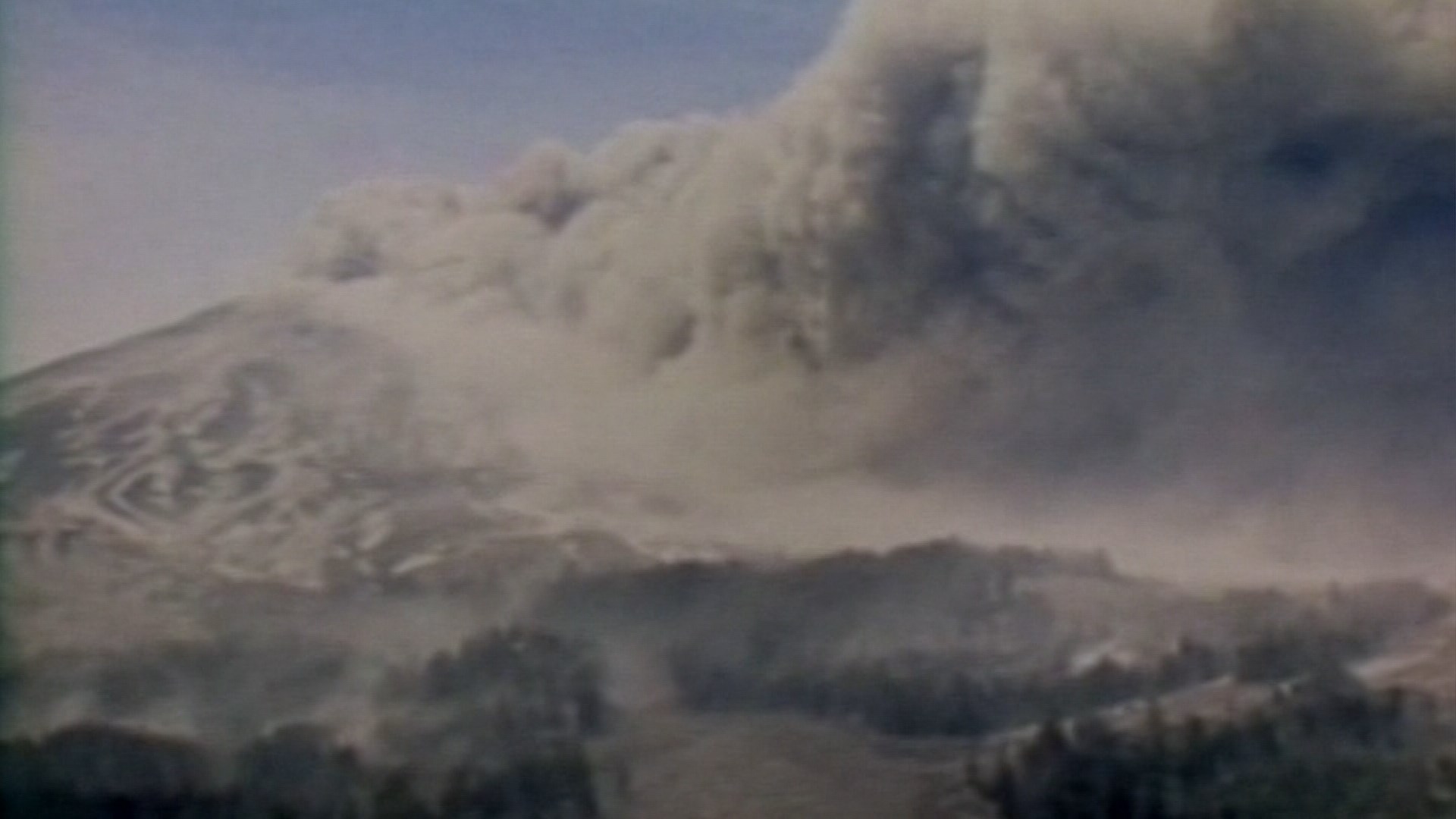Think of a volcano in sports car terms. If we talk about how fast a car can it go from zero to 60? How fast can a volcano go from slumber to eruption?
A new article in National Geographic is getting worldwide attention for a sobering view of what an eruption of the Yellowstone supervolcano could mean for the planet. Scientists believe a Yellowstone eruption could be 2,500 times the size of the 1980 eruption of Mt. St. Helens, an eruption which could bury much of the eastern part of the country in deep layers of ash and bring another ice age to Earth. The last major eruption of what we all know as Yellowstone National Park happened more than 600,000 years ago. There's a reason why Yellowstone has hot springs and geysers. The earth's crust here is a thin spot, with the hot rock just below the surface.
National Geographic focuses on recent research published by scientists at Arizona State University. The research examined tiny crystals found in the ash left behind by that last eruption, These zircon crystals once part of Yellowstone's magma pool have rings and veins showing a detailed trail of how those crystals heated up as fresh molten magma pushed up from the Earth's mantle. Those scientists include Christy Tilland and Maitrayee Bose of the School of Earth and Space Exploration.
The bottom line is that the Yellowstone supervolcano could reach an eruptive phase within a few decades after the first signs that an eruption is building, instead of centuries as previously thought. That does not say when Yellowstone would be ready to erupt; that could be a long, long time from now.
But the study of crystals isn't restricted to just Yellowstone. In 2014, geologist Adam Kent of Oregon State University published research finding that Mount Hood outside of Portland could reach an eruptive phase in a matter of months.
It's a growing field of study; scientists from Michigan, California, Singapore and New Zealand have traced the rapidity of an eruption using at least one other volcano: New Zealand's Mount Tarawera
In a June 2017 publication from ASU, Christy Till said, "It's a process we don't really understand yet...Maybe a very large pulse of magma triggers the volcano to blow, or it could be more complicated."
Related resources:


